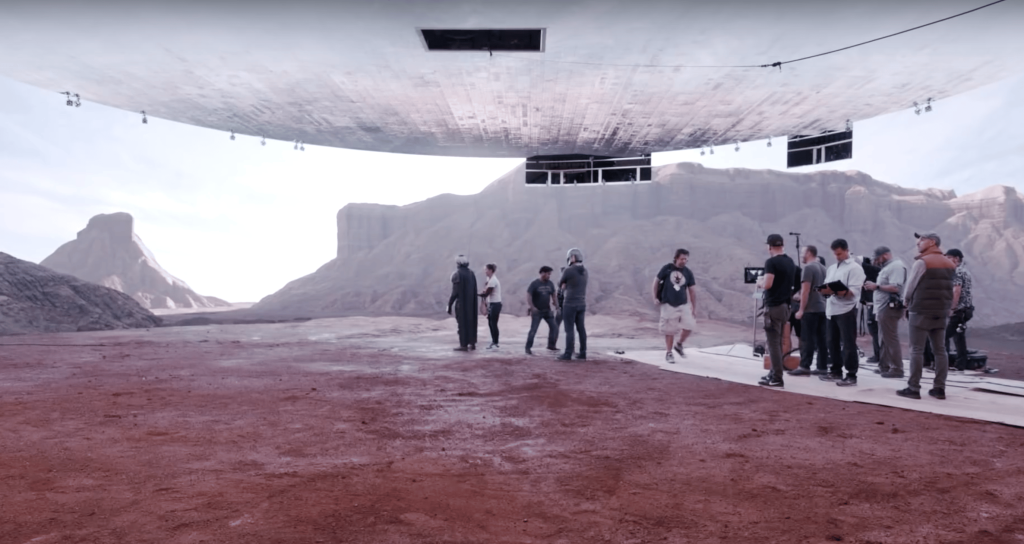Deadline: November 25, 2024
One of the early attempts in cinema to create virtual environments was done using editing techniques on photographic celluloid film. In Kuleshov on film, Ronald R. Levaco describes how filmmaker and film theorist Lev Kuleshov discovered that by editing the filmstrips alone and nothing else, filmmakers could create an ‘artificial landscape’ that did not exist in reality (1974: 4-5).
Later, virtual environments were brought to life in cinema using special effects by making fantasy creatures interact with the film recordings of human actors. Such as with Ray Harryhausen’s animation stop-motion technique for his ‘dynamation’, described in Roy P. Webber’s The Dinosaur Films of Ray Harryhausen (2004: 66).
In the digital age, as Can Diker explains in this book chapter “Digital Technology, Attraction and Cinema” (Ahmet Ayhan e.d., New Approaches in Media and Communication, 2019: 125), various versions of Lawrence Butler’s original chroma key invention became the go-to for the development of today’s use of visual effects (VFX), making it an effective tool to create virtual environments that in their invisibility enables new realities for its audiences.
And more recently the experimentation with cinematic virtual environments has taken a new creative turn with inventions in Virtual Production techniques, like “real-time rendering technologies” such as with Unreal Engine, Ian Failes explains in his blog post “You are going to flip when you see this video of how ‘The Mandalorian’ was made” for Befores and Afters.
For this call, we are interested in exploring technical, creative, aesthetic, historical and theoretical dimensions of the creation and exploration of virtual production environments. Topics may include, but are not limited to:
- The creative production and development of pipelines for virtual environments in animation, focusing on technical problem-solving and creative exploration;
- Analysis of aesthetic differences and/or similarities between analogue and digital techniques and technologies in the application of animated virtual productions environments into films and other media;
- Historical investigations and accounts of key innovations and/or leading figures in animation for the maturation of virtual production environments as we know it today;
- Theoretical discussions about the implications of using animated techniques and technologies that support the production of virtual environments for any aspect of the creative abilities and capacity of animated media.

We welcome posts that are:
- Between 600 and 900 words discussing any aspect of the above topics.
- Forwarded as a Microsoft Word document.
- Include at least one image to visually support their argument/post.
a) The images must be less than 2 MB in size per image and sent as individual files.
b) Please indicate where the images should be placed in the text, including image caption(s)
and credits. All permissions are the responsibility of the contributor. - Include a short bio of 100 words max.
- Include 3 keywords.
Please contact co-editors Carmen Hannibal and Anastasiia Gushchina via blog@animationstudies.org with submissions and/or questions.
